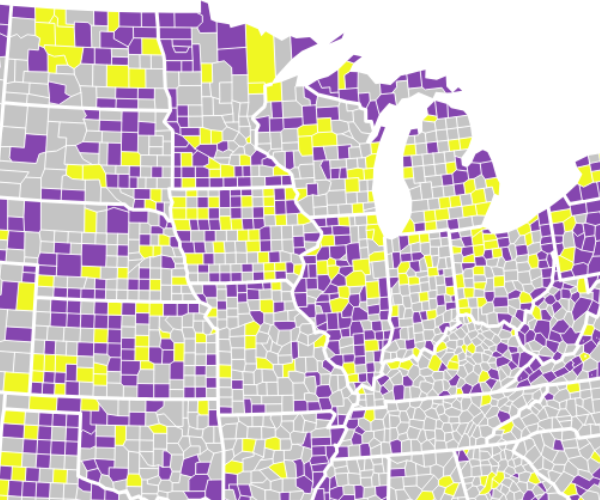How Poverty in the United States Is Measured and Why It Matters
A major goal of the White House’s Build Back Better Act is to reduce poverty in America. But how do we define and measure poverty—and what are the consequences?

A major goal of the White House’s Build Back Better Act is to reduce poverty in America. But how do we define and measure poverty—and what are the consequences?
(2007) States increasingly consider science and technology resources to be an asset in developing a strong economic advantage. As a result, strategies for training, attracting and retaining scientists and engineers have become more important state and national public policy issues.
(2010) During the current U.S. recession, homeownership and mobility rates have dropped; poverty has increased; and commuting patterns have shifted toward greener, more cost-effective options.
(2010) In many countries, the elderly now make up an unprecedented share of the population. This increase in the number of older people has implications for national budgets, labor force growth, and family support systems.

Over 450 U.S. counties would have lost population between 2023 and 2024 without immigration, according to an analysis of new data from the U.S. Census Bureau.
(2010) On Aug. 29, 2005, Hurricane Katrina made landfall as a Category 3 storm near the Louisiana-Mississippi border. Less than one month later, on Sept. 24, 2005, Hurricane Rita slammed into the Louisiana-Texas border.